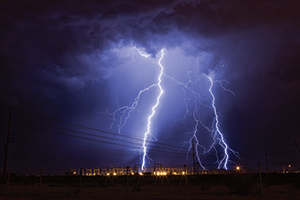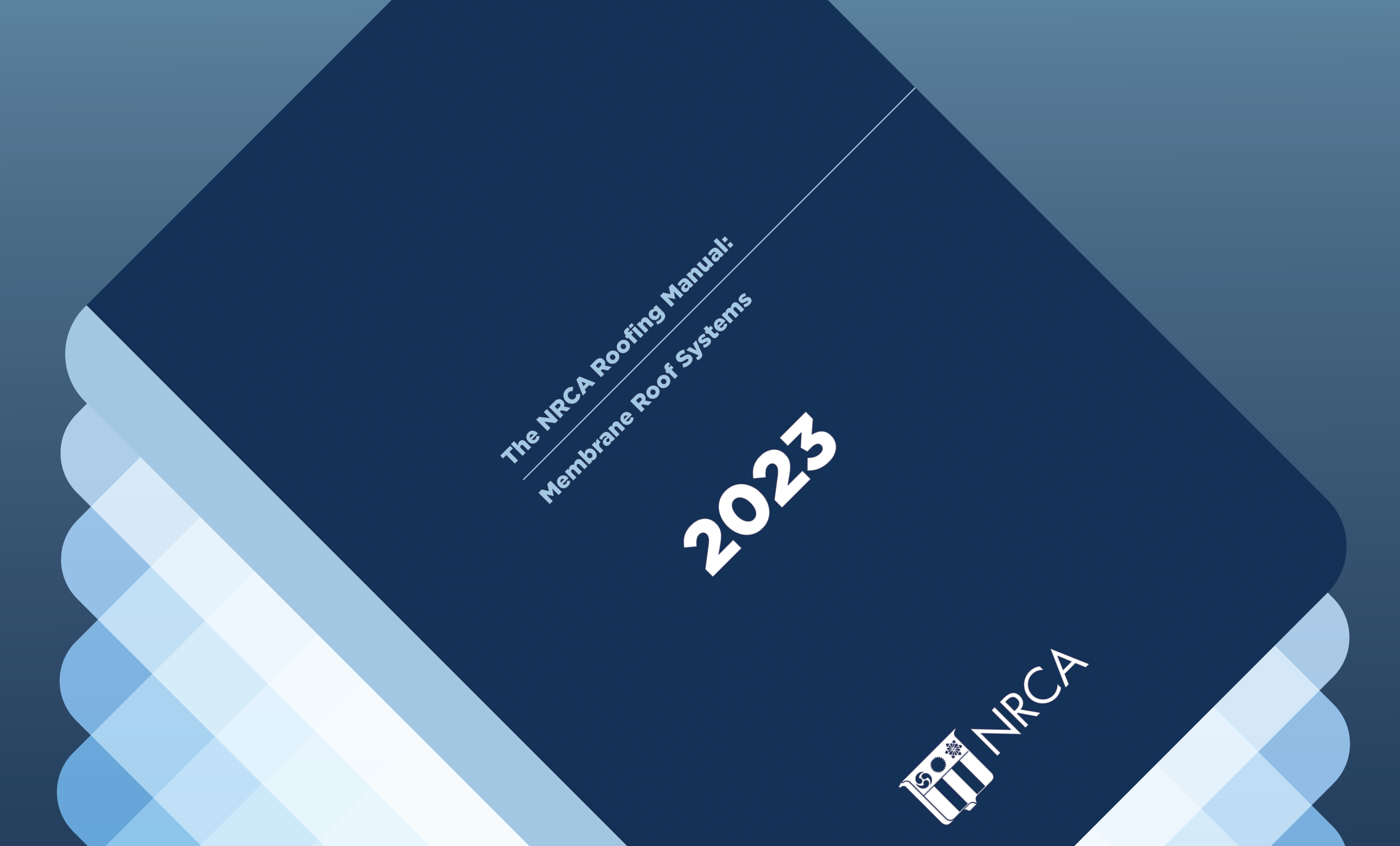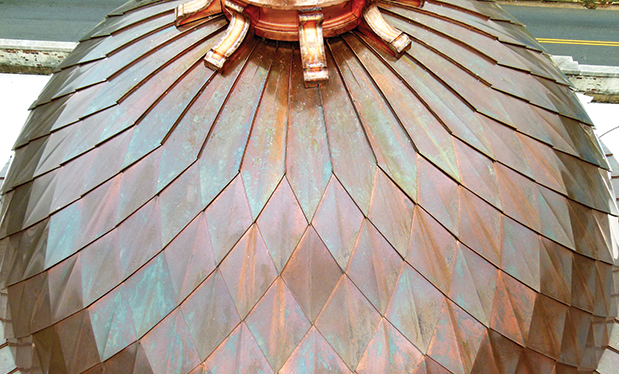SPRI develops new lightning protection systems code language

|
SPRI has announced it developed new language clarifying how lightning protection systems are secured to commercial roof assemblies, roof coverings, metal edge systems and gutters that will be included in the 2024 edition of the International Building Code.®
The language will be added as new subsections in Section 1511, Rooftop Structures, and stipulates lightning protection system installations must be completed in accordance with the roof system or edge metal manufacturer’s instructions or specifications from a qualified design professional. Lightning protection system components must be properly flashed where they are secured to or penetrate a roof.
The new language goes beyond existing installation standards outlined in NFPA 780, “Standard for the Installation of Lightning Protection Systems,” and UL 96A, “Installation Requirements for Lightning Protection Systems.”
SPRI worked closely with the Lightning Protection Institute, National Electrical Manufacturers Association, National Fire Protection Association, National Fireproofing Contractors Association, NRCA, Underwriters Laboratories and other stakeholders to build consensus to get the new language approved and adopted for the code.
“This is a significant update to the building code,” says Amanda Hickman, president of The Hickman Group, Plantation, Fla., and SPRI’s code consultant. “The current code does not address the impact lightning protection system attachments have on the roof. Any attachments to the [roof] assembly or edge metal system can alter the wind load and performance of these tested components. It is, therefore, important the original equipment manufacturer or a qualified design professional provide direction on the attachment methods to be used.”
The 2024 edition of the IBC will be published toward the end of 2023. Once published, the new language for securing lightning protection systems on commercial buildings can be adopted by states and jurisdictions in the U.S. and around the world.
Why are construction companies more vulnerable to cyberattacks?

|
A study conducted by safetydetectives.com reports construction companies are the third most common type of industry to be targeted by hackers, according to equipmentworld.com.
“Construction companies are one of the top targets for cybercriminals, and the U.S. is the number one target on the planet,” says Nick Espinosa, chief security fanatic at cybersecurity firm Security Fanatics, South Barrington, Ill. “In the last few years, the construction industry has woken up to the fact that its members need cybersecurity advice. There’s a recognition now in a way that there hasn’t been.”
Equipmentworld.com shares the following reasons why construction companies often are more vulnerable to cyberattacks.
- Construction companies often have inadequate firewalls or defenses.
- The construction industry uses multiple digital systems, software and communications devices across numerous job sites and offices, and company leaders may not know about all the devices or have them integrated under one security umbrella. If cybercriminals gain access to one of the systems, they may gain access to everything.
- Construction company executives often believe their data is not valuable, but if all the data disappears, executives likely would be willing to pay a lot to get it back.
- Supervisors and other managers often take laptops home with them at night or on the road for trade shows and remote jobs. Security risks increase with motel and trade show Wi-Fi or even when kids play on a laptop.
- When companies use old computers, operating systems and virus protection, they will be identified quickly by cybercriminals who will take advantage of the vulnerabilities.



